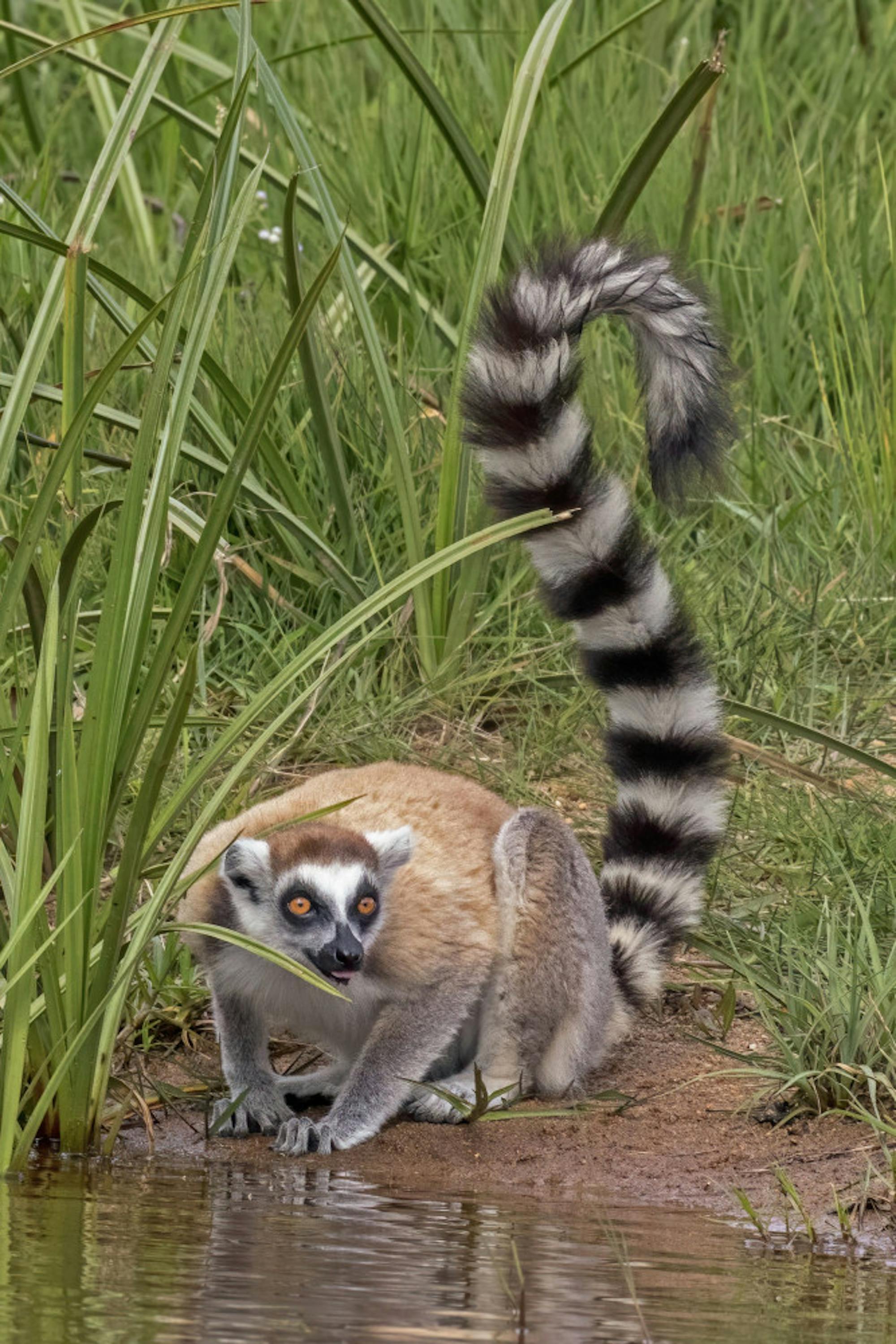FDA panel recommends authorization of COVID-19 vaccine for younger children
A Food and Drug Administration advisory panelvoted on Tuesday to recommend the Pfizer-BioNTech COVID-19 vaccine for children ages 5-11 years old. The FDA is not bound by the panel’s decision, but it is expected to act accordingly and grant emergency-use authorization for the vaccine within a few days. If approved, vaccination eligibility will expand to some28 million children in that age bracket.
Data from a study of 1,518 children who received the Pfizer-BioNTech vaccine and 750 children who received a placebo showed the vaccine was 90.7% effective at preventing symptomatic COVID-19. The pediatric vaccine is one-third of the adult dosage. The FDA panel voted 17 to zero, with one member abstaining, to support approving the vaccine for younger children. Group members said they weighed the benefits and risks of recommending the pediatric vaccine and concluded that the risk of the coronavirus pandemic far outweighed the risk of rare side effects, such as myocarditis.
The Pfizer vaccine was authorized for 12- to 15-year-old children in May. Before the vaccine could become available to younger children, a Center for Disease Control and Prevention committee must review the FDA’s decision, and the CDC must issue guidance for vaccine distribution. Officials say15 million doses of Pfizer’s vaccine are set to be shipped to states immediately following the FDA and CDC’s final decision.
—Rachel Liu
Rhythmic lemur singing heard in Madagascar rainforest
Indri lemurs in Madagascar have been recently discovered to possess the ability tovocalize musical rhythm, a trait that until now has only been observed in humans and songbirds. A team of researchers recorded 346 songs from 20 groups of lemurs in the Madagascar rainforest and decoded the sounds by frequencies and durations to see if rhythm was present. It turned out that Indri lemurs can produce categorical rhythms, according to a study published in “Current Biology.” Although lemurs use calls to communicate and bond with other group members, their perception of rhythm in the context of vocalization requires further investigation. It is unknown if lemurs perceive and react to rhythm the same ways that humans do, but the ability of lemurs to sing — especially given that primates are our closest ancestors — provides insights into the evolution of rhythmic abilities.
—Yanqing Huang
First pig kidney transplanted into human
Surgeons in New Yorktransplanted a kidney from a genetically modified pig into a human patient earlier this month and found that the organ functioned normally. Similar to other transplant procedures, the kidney was attached to a blood vessel in the patient’s leg outside the abdomen and motored based on the body’s response to the transplant and the kidney’s effectiveness. This experiment’s success could open the door for major scientific breakthroughs to come by introducing a new source for medical organs.
However, there are still several medical and administrative barriers to overcome before procedures like pig organ transplants can be popularized in hospitals and other research facilities. The idea of using pigs to harvest organs for humans has raised ethical questions about animal safety and manipulation. Furthermore, medical professionals have voiced concerns about pig viruses infecting patients and patients rejecting the organ over the long term. Many scientists still believe there is a lot to be discovered before the implantation of animal organs is authorized and surgeons can adapt animal transplants for patients.
—Sophie Wax
On all days, flamingos try to wear pink
Researchers have found that flamingos have toconstantly lather their feathers in pink DIY “makeup” to shield themselves from the harsh conditions of the sun. Along with helping protect their skin, the pink color of flamingos’ feathers helps attract potential mates and improve their social communication. Due to a plethora of factors, flamingos’ feather color fades over time. To counter this, flamingos apply more color and revive their fading feathers by rubbing their cheeks on a gland located above their tail called the uropygial gland, which produces a color-carrying serum that the birds then use to coat their feathers.
A team of researchers conducted an exposure experiment to test whether flamingos would lose their pigment without constant reapplication of the serum. The team concluded that birds that applied more serum wereable to maintain their feather color for longer periods of time, providing a new explanation for why flamingos seem to incessantly coat their bodies in the dye. Scientists now understand that color dying is more than a way for flamingoes to radiate their fluffy red feathers; it is an essential mechanism for flamingoes to find mating partners and withstand environmental challenges like sun bleach damage, parasites and harmful microorganisms.
—Sophie Wax






